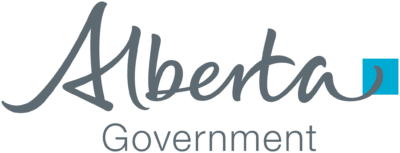Written by Meghan Jobson, Nine10 Inc
What Is a Content Strategy, Really?
A content strategy is your plan for how you communicate with your audience. It’s not just about posting on social media—it’s about intentionally shaping how people understand your brand, your services, and your value.
It all begins with your brand. Before you can effectively market anything, you need to know who you are and who you’re speaking to. What does your brand stand for? How do you sound? Who are your ideal clients? Your content strategy should reflect the unique personality, values, and voice of your business.
Cross-Platform Content: One Message, Many Channels
Trying to be everywhere at once is overwhelming—but that’s where the hub and spoke model comes in. Think of one central piece of content (like a blog post or video) as your hub. From there, you can create smaller, tailored pieces of content for each platform. For example:
- A long-form blog becomes a LinkedIn article.
- A webinar becomes Instagram Reels or TikTok snippets.
- A client testimonial becomes a Facebook post.
This method ensures consistency in your messaging while making the most of your content across platforms.
Steps to Building a Content Strategy
1. Brand
Your brand is more than your logo—it’s your voice, your values, and how you show up. This is the foundation. Understanding your brand helps you communicate in a way that feels authentic and resonates with your audience.
2. Goals
Set SMART goals: Specific, Measurable, Achievable, Relevant, and Time-bound. Are you aiming for more leads, better engagement, or increased brand awareness? Your goals will shape your strategy and give you benchmarks for success.
3. Platforms
Each platform serves a different purpose and reaches different people:
- YouTube: Ideal for tutorials and storytelling through long-form video.
- TikTok & Instagram: Great for quick, engaging visual content.
- Facebook: Supports longer posts, community building, and discussion.
- LinkedIn: Focuses on professional and educational content.
- Your Website: The best place for evergreen content like blogs and service pages.
Choose the platforms where your audience is most active and tailor your content to fit each one.
4. Pillars
Think of these as your content categories. Your pillars keep your messaging focused and consistent. Some examples would be:
- Educational content (How-tos, tips)
- Sales content (Product highlights, offers)
- Brand awareness (Behind-the-scenes, values)
- Testimonials and social proof (Client stories)
These pillars ensure you’re speaking to every part of your customer’s journey.
5. Planning
This is where strategy becomes action. Choose your monthly or quarterly themes, map out your topics across your pillars, and build a calendar. Planning helps you stay consistent and gives you a clear direction when it’s time to create.
Streamlining with AI: Work Smarter, Not Harder
AI tools can save time and spark ideas—but they need direction. By using your brand voice in AI prompts, you can create content drafts faster. However, always review and refine AI-generated content to make sure it aligns with your tone, values, and messaging. Think of AI as your assistant, not your replacement.
Prefer video content? Check out our recorded webinar – Content Marketing Strategy: Create Engaging Content






